
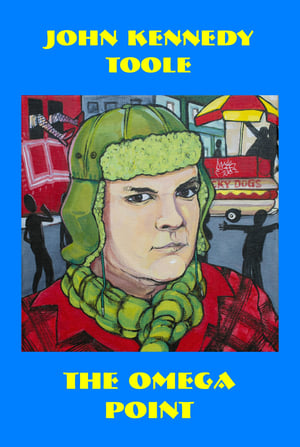
John Kennedy Toole: The Omega Point(2009)
The life story of Pulitzer Prize winning author John Kennedy Toole as told by friends and colleagues. Legacy format production, representational photography and an original music score combine to bring the author's life into focus. His personal triumphs, his untimely death and the publication of the novel, 'A Confederacy of Dunces,' years after his suicide are all explored in this darkly beautiful first person narrative.
Movie: John Kennedy Toole: The Omega Point
Top 3 Billed Cast
Self (Archive Footage)
Narrator

John Kennedy Toole: The Omega Point
HomePage
Overview
The life story of Pulitzer Prize winning author John Kennedy Toole as told by friends and colleagues. Legacy format production, representational photography and an original music score combine to bring the author's life into focus. His personal triumphs, his untimely death and the publication of the novel, 'A Confederacy of Dunces,' years after his suicide are all explored in this darkly beautiful first person narrative.
Release Date
2009-01-01
Average
0
Rating:
0.0 startsTagline
Genres
Languages:
EnglishKeywords
Similar Movies
New Orleans: City of Jazz(en)
German cultural documentary about the development of Jazz in New Orleans. Contains interviews with several musicians.
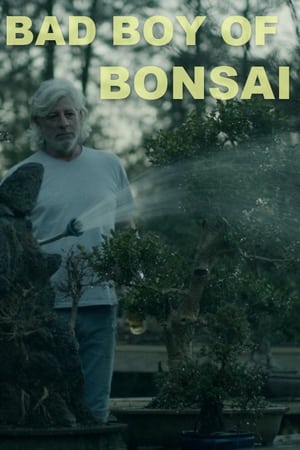 0.0
0.0Bad Boy of Bonsai(en)
Bad Boy of Bonsai is an experimental art-house documentary that focuses on Guy Guidry, a Louisiana local, and his passion for bonsai.
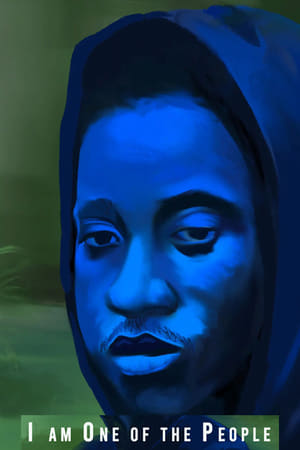 7.0
7.0I Am One of the People(en)
Harmful chemicals are disproportionately affecting Black communities in Southern Louisiana along the Mississippi River. I am One of the People is an experimental short film exposing the environmental racism of “Cancer Alley.”
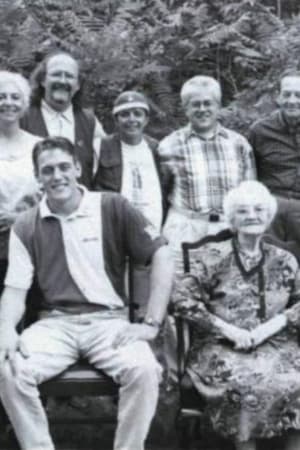 0.0
0.0The Acadian Connection(fr)
National Film Board of Canada documentary of stories of Acadians (French Canadians from the eastern Maritime provinces). Hundreds of thousands of Acadians emigrated to Louisiana following deportation by the British during the Acadian Expulsion of the mid-18th century, hence the term 'Cajun.'
The Main Stream(en)
Humorist Roy Blount Jr. takes viewers on a journey down the Mississippi River, showcasing everything from areas with spectacularly beautiful scenery to ugly and dangerously polluted stretches bordered by industrial development.
 10.0
10.0Big Charity: The Death of America's Oldest Hospital(en)
This documentary film includes never-before-seen footage and exclusive interviews to tell the story of Charity Hospital, from its roots to its controversial closing in the wake of Hurricane Katrina. From the firsthand accounts of healthcare providers and hospital employees who withstood the storm inside the hospital, to interviews with key players involved in the closing of Charity and the opening of New Orleans’ newest hospital, “Big Charity” shares the untold, true story around its closure and sheds new light on the sacrifices made for the sake of progress.
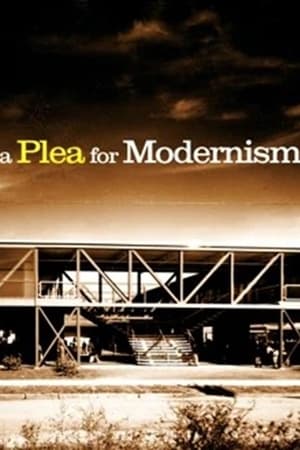 0.0
0.0A Plea for Modernism(en)
Phillis Wheatley Elementary School was a significant landmark in the Tremé neighborhood of New Orleans, serving as an important educational institution for African-American students for nearly half a century. The school was known for its innovative modern design that was unique to the region, reflecting the area’s cultural and historical roots. However, the school sustained significant damage during Hurricane Katrina and its aftermath in 2005. Despite the damage, the school’s unique design caught the attention of DOCOMOMO Louisiana, an organization dedicated to preserving modern architecture. They advocated for the restoration of the school through adaptive reuse, citing its historical significance and architectural importance. The organization produced this short film, “A Plea for Modernism,” narrated by actor Wendell Pierce, to raise awareness of the school’s cultural and historical value and promote its restoration.
 0.0
0.0Storyville - The Naked Dance(en)
The Naked Dance is the first documentary about America's legendary legal red-light district that thrived in New Orleans from 1898 until World War I. Storyville got its name when Alderman Sidney Story attempted to clear up the New Orleans waterfront by restricting prostitution to a specific neighborhood. To his chagrin, the area was dubbed "Storyville," and it was so known until the U.S. Navy closed it for good in 1917.
Anything I Catch(en)
Louisiana filmmaker, Pat Mire, teams up with veteran filmmaker and cinematographer, Charles Bush, to capture the natural drama of handfishing in this award-winning documentary. Highly visual, the film examines the thrilling regional phenomenon of Cajuns who wade in murky bayou waters to catch huge catfish and turtles by reaching into hollow logs and stumps with their bare hands. Friends and family accompany the handfisherman to the bayou banks for Cajun music, festive cooking, and storytelling, and to witness this increasingly rare tradition. Told from the inside with multiple voices, Mire and Bush explore the chain of events set off by man's attempt to "improve" his environment by dredging bayous in this remarkable study of the relationship between cultural and natural resources.
The Legendary Soulja Slim(en)
The Legendary Soulja Slim is classic footage of the rapper slash gangster showing big guns, dissing record labels, making threats, and ultimately partying until it all caught up with him.
Final Absolution: History of a Photograph(es)
During a military uprising known as “El Porteñazo”, a priest is photographed while trying to help a soldier wounded in combat. The photo travels the world and is awarded the most important prizes in photojournalism, such as the Pulitzer Prize and the World Press. Throughout this documentary, photographers, editors and witnesses reveal various aspects surrounding that image: who is the priest, who was its author, the events that surrounded the photographic event, what was its political role and what said image represents in the history of Venezuelan journalism. Additionally, it allows the presentation of other photographs, some unpublished, that Rondón managed to capture in those difficult moments.
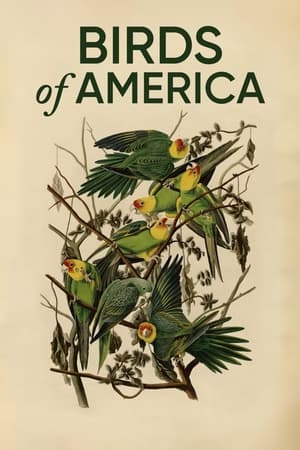 7.2
7.2Birds of America(fr)
In the first half of the 19th century, the French ornithologist Jean-Jacques Audubon travelled to America to depict birdlife along the Mississippi River. Audubon was also a gifted painter. His life’s work in the form of the classic book ‘Birds of America’ is an invaluable documentation of both extinct species and an entire world of imagination. During the same period, early industrialisation and the expulsion of indigenous peoples was in full swing. The gorgeous film traces Audubon’s path around the South today. The displaced people’s descendants welcome us and retell history, while the deserted vistas of heavy industry stretch across the horizon. The magnificent, broad images in Jacques Loeuille’s atmospheric, modern adventure reminds us at the same time how little - and yet how much - is left of the nature that Audubon travelled around in. His paintings of the colourful birdlife of the South still belong to the most beautiful things you can imagine.
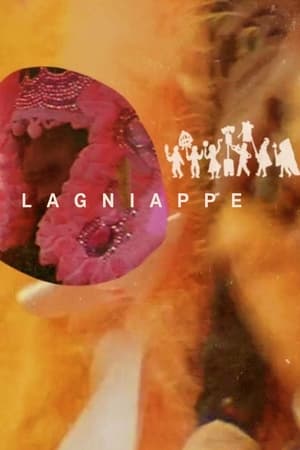 4.2
4.2Lagniappe(en)
A film created by Les Blank and Maureen Gosling from footage that was cut from the documentary "Always for Pleasure" (1978) about Mardi Gras in New Orleans.
 8.0
8.0Maravich's 68(en)
"Maravich's 68" is a documentary short that revisits the NBA legend Pete Maravich and his 68-point performance on February 25th, 1977. It includes play-by-play breakdowns, era-inspired editing, and retrospective discussion about this special night in NBA history.
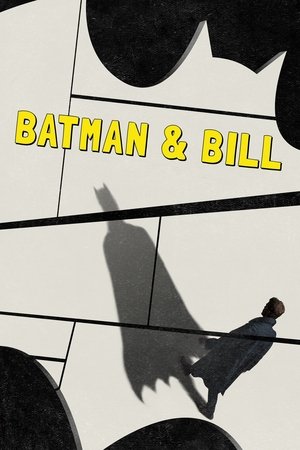 7.1
7.1Batman & Bill(en)
Everyone thinks that Bob Kane created Batman, but that’s not the whole truth. One author makes it his crusade to make it known that Bill Finger, a struggling writer, actually helped invent the iconic superhero, from concept to costume to the very character we all know and love. Bruce Wayne may be Batman’s secret identity, but his creator was always a true mystery.
 5.8
5.8Hurricane on the Bayou(en)
The film "Hurricane on the Bayou" is about the wetlands of Louisiana before and after Hurricane Katrina.
 6.2
6.2Seed of the Son(es)
Spanish musician Santiago Auserón soaked up the rhythmic wisdom of son during his first visit to Cuba in 1984, an influence he soon transferred to his own work.
 2.0
2.0Man in the Glass: The Dale Brown Story(en)
Born on Halloween, 1935, Dale Brown's fight for justice began the day his father walked out - two days before he was born. About how an overachiever from tiny Minot, North Dakota relentlessly fought his way to the top.
Welcome to New Orleans(en)
A touching documentary about a city that has lost hope, and about one man's fight to bring it back.
 7.0
7.0Tootie's Last Suit(en)
The feature-length documentary, TOOTIE’S LAST SUIT explores the complex relationships, rituals, history, and music of New Orleans’ vibrant Mardi Gras Indian culture while telling the story of Allison “Tootie” Montana, former Chief of Yellow Pocahontas Hunters. Celebrated throughout the New Orleans as “the prettiest,” for the beauty and inventiveness of his elaborately beaded Mardi Gras costumes, Tootie Montana masked for 52 years, longer than any other Mardi Gras Indian. Yet Tootie Montana’s contributions to Mardi Gras Indian culture far exceed his artistic innovations and dedication. Through the example of his own achievement, he came to be revered for turning Mardi Gras Indians away from gang-style violence toward artistic accomplishment and competition. In the aftermath of Katrina, TOOTIE’S LAST SUIT bears witness to the Mardi Gras Indians who, in picking up the threads of their torn lives and tradition, are the spiritual healers of New Orleans.
